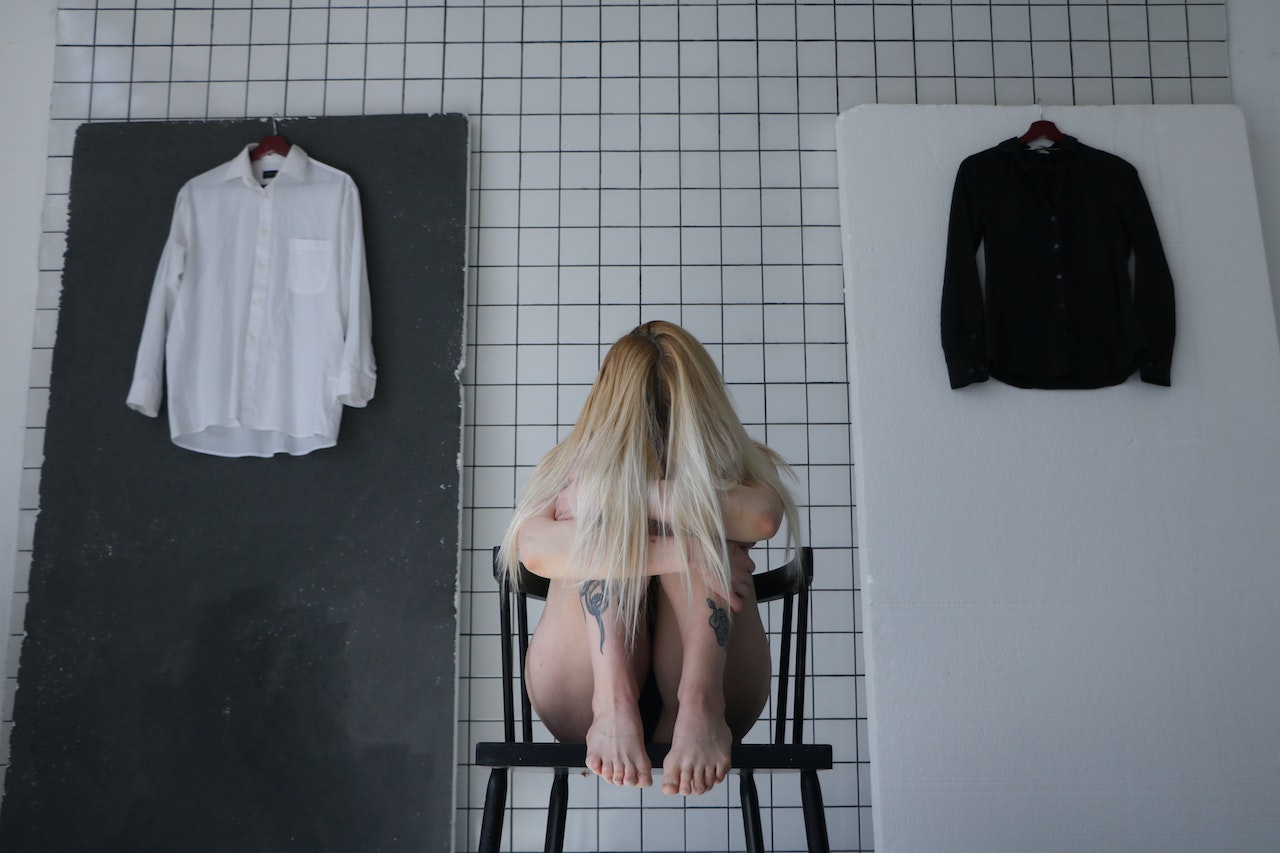Understandably, people with bipolar disorder feel shame and stigma. Educating yourself and offering support can help reduce these feelings.
The cause of BD isn’t known, but genes and altered brain circuits play a role. Family history is one of the strongest risk factors. The most important part of treatment is prescription medications and therapy.
Symptoms
A person with bipolar disorder experiences highs and lows in their mood, energy levels and ability to think clearly. To understand what is bipolar disorder, it was observed that patients have mania and depression episodes that last longer than normal, and these periods tend to come in cycles.
For example, a person may have more manias in spring and summer and more depression in fall and winter. This pattern can be seen in both men and women, but it affects them differently.
In severe manic episodes, people can develop psychotic symptoms such as hallucinations and delusions. These often match the person’s extreme mood and can include believing they are famous, have special powers or owe money. During depression, they may experience suicidal thoughts or attempt.
Mood changes can cause problems in many areas of life for people with bipolar disorder, including work and relationships. Symptoms of mania can lead to poor judgment and impulsive behavior, while depression can interfere with a person’s motivation or interest in activities.
It is not uncommon for people to become homeless or break the law during a depressive episode, and they can also have trouble keeping jobs due to a lack of energy or poor performance.
If a person with bipolar disorder has symptoms of mania or depression lasting more than four days, they should talk to their GP. The GP might refer them to an NHS community mental health team (CMHT) if they risk harming themselves or others. GPs can help by taking a history of the person’s mood, examining and talking with them.
Diagnosis
Not long ago, bipolar symptoms were misunderstood and confused with other disorders. For example, people with a severe manic episode that includes hallucinations are sometimes diagnosed with schizophrenia (a different mental illness with similar symptoms, such as disorganized thinking and false beliefs).
Today, doctors know better how to identify bipolar disorder and can make a diagnosis from history, personal interviews and medical records. They may also recommend blood tests and brain scans to rule out other conditions.
Medications are the cornerstone of bipolar treatment. They can help prevent and control mood episodes, but routine psychotherapy- talk therapy- is also important to improve functioning and cope with mental illness’s challenges.
Talk therapy can also help family members understand and support the person with bipolar disorder. Suppose you have a loved one with bipolar disorder. In that case, it is important to work closely with them to develop a care plan and stick with their medication, especially during manic or depressive episodes.
Avoiding alcohol, drugs, and other health problems, such as diabetes, can help with treatment. People with bipolar disorder also have a higher risk of physical illnesses, so they should have regular health checks.
They should not take medications for other conditions unless they discuss this with their doctor because some medicines can worsen depression and may cause mania or hypomania.
Treatment
Bipolar disorder can be treated in various ways, depending on whether you are experiencing depression or mania. According to the National Institute of Mental Health, these include mood stabilizers and antipsychotics. It can take months or even years for you and your doctor to find the right medication.
Your doctor may recommend psychotherapy to help you recognize early warning signs and develop better coping skills. Cognitive behavioral therapy may also be beneficial, as it allows you to alter unhelpful thought patterns contributing to a mood episode. Family-focused psychotherapy can be helpful.
It’s important to quit drinking alcohol and using recreational drugs or tobacco because they can worsen your mood or trigger an episode. It’s also a good idea to get enough sleep, maintain a healthy work-life balance and try relaxation techniques.
Other treatments might be necessary if your condition is severe or your life is at risk. For example, hospitalization can be helpful for some people, particularly if they are at risk of suicide or are very depressed.
Other treatments that might be recommended include electroconvulsive therapy, where electrical currents are passed through the brain to induce a brief seizure, and transcranial magnetic stimulation, where magnetic fields are used to stimulate the brain’s natural chemicals.
Self-care
When living with bipolar disorder, a daily routine that includes self-care tools like nutritious eating, exercise, mindfulness and connecting with a support group are critical for wellness. Often, these strategies support, rather than replace, treatment.
People with bipolar disorder also benefit from a strong family and friends network. However, it can be challenging for some to open up, especially if they are in a manic episode and may not recognize their illness as a problem.
During an episode, a person may experience heightened impulsivity and poor judgment, risk-taking behaviors such as drug or alcohol misuse, unsafe sex or unwise financial decisions. They may need more sleep and feel intense sadness or hopelessness. Suicidal thoughts are common during depression and should be taken seriously.
Keeping a mood journal can help with day-to-day management. Tracking moods allows you to notice changes and triggers, spot patterns, and stay on track with medication.
It is also a good way to communicate with your healthcare provider about how you are doing and what needs to be adjusted. If you have difficulty opening up to your family and friends, consider talking with a professional relationship counselor who can offer guidance and support.

